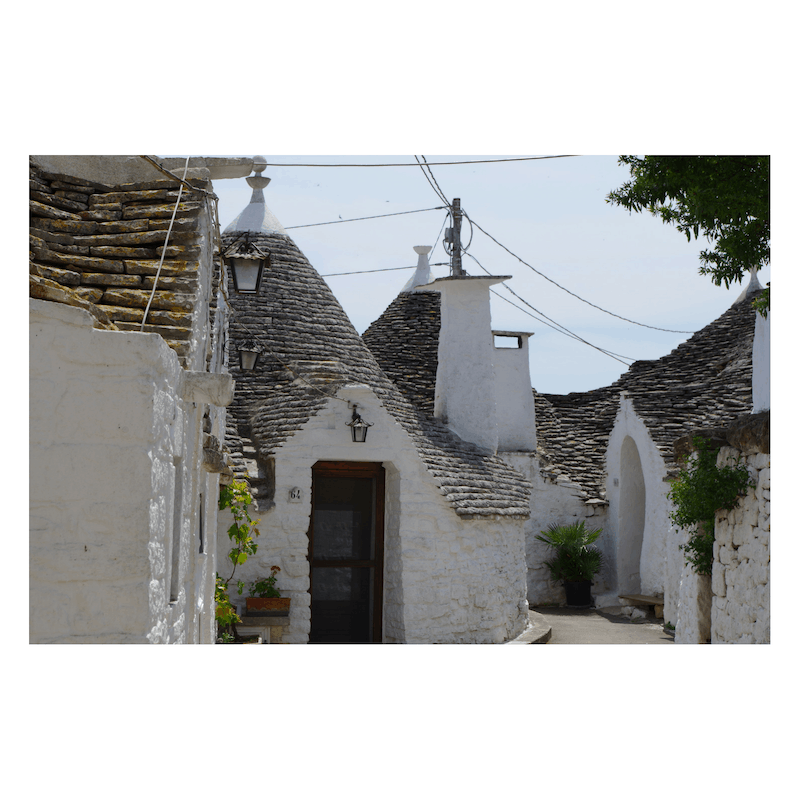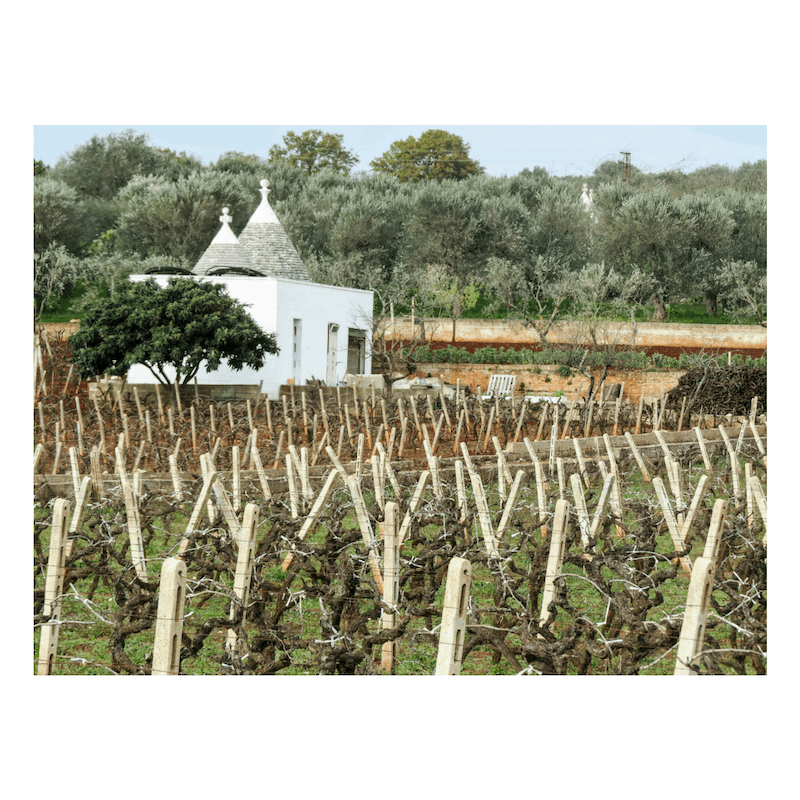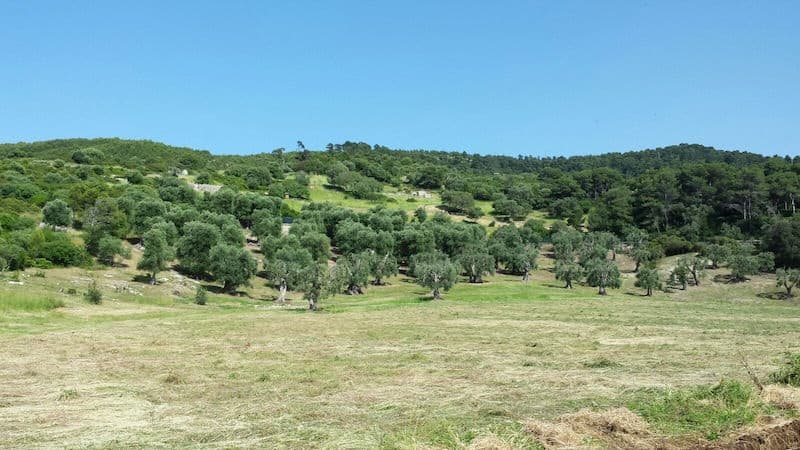Last Updated on July 29, 2023.
The Wine Region of Puglia
Written by Maddalena Pistillo of AUTHENTICA
Puglia is the second-largest producer of wine grapes in Italy, after Veneto, thanks to its warm climate moderated by the cool breeze from the surrounding seas (Adriatic and Ionian). It is also one of the most fertile regions in all of Italy, equal with the Po Valley in Veneto. Olive trees, wheat, and vines, cover the territory of Puglia like a colorful patchwork.
Also known as Italy’s heel, it’s increasing its quality production and finding its room on the fine wine category, thanks to technological advancements, a focus on cutting yields and a renewed interest in local varieties. Vintners are now seeking to create wines that successfully balance sweetness, acid, density, and alcohol content.
The region can be divided into two viticultural areas by an imaginary line crossing between Brindisi and Taranto. To the north, the climate is temperate, and even somewhat cool at certain heights in the Murge plateau. The more southern portion of the region features a Mediterranean climate, and is generally sunny and dry.
Red Grape Varieties of Puglia
Apulia has been producing wine for over 2,000 years and an array of grape varieties are planted. The most significant red grapes cultivated in the region are Negroamaro, Primitivo, Malvasia Nera and Uva di Troia.
The Negroamaro grape, characterized by its dark color and thick skin, is the most widely planted variety in Apulia, and the sixth most planted in Italy. Wines made from Negroamaro tend to have a very rustic style, combining perfume with an earthy bitter quality.
Primitivo, is a dark-skinned grape known for producing a wine that is high in both alcohol and tannins, intensely flavored and deeply colored.
Nero di Troia is the Region’s third-ranked variety. It said that the Greek hero Diomedes have landed in Puglia on his return from the Trojan War, and he planted a shoot of what was destined to become the area’s iconic variety. Nero di Troia wine has a lively colour and an elegantly fresh bouquet with typical hints of violets; it is not particularly acidic on the palate, but is rich in polyphenols and especially tannins.
White Grape Varieties of Puglia
White grape varieties include Verdeca, Bianco d’Alessano, Bombino Bianco, Malvasia Bianca and Fiano. Verdeca, is the primary variety of Valle d’Itria DOPs such as Locorotondo and Martina Franca. These wines can range from quite neutral and herbal, though to more aromatic wines with mixed citrus flavor.
Bianco d’Alessano, along with Verdeca, is one of the mainstays of the earliest Valle d’Itria DOPs, such as Locorotondo and Martina Franca. It is rarely produced as a monovarietal, but it is used to make wines that are crisp and pleasant, though not intended for ageing.
Bombino Bianco, a versatile grape with high acidity and a lean, austere bouquet, it yields excellent classic-method sparkling wines, as well as very approachable still white wines. It plays a role in many Puglia DOPs, including Castel del Monte and San Severo.
Malvasia Bianca is grown throughout Puglia and is included in various DOP production codes, including San Severo, Locorotondo, Martina Franca, and Lizzano. The wines are elegantly aromatic.
Fiano is is nutty and textured with floral and honeyed notes, spice and tropical fruit flavors like pineapple.
Apulia DOCG Wine Sub-Appellations
- Primitivo di Manduria
- Dolce Naturale,
- Castel del Monte Bombino Nero
- Castel del Monte Nero di Troia Riserva
- Castel del Monte Rosso Riserva
Apulia DOC Wine Appellations
- Aleatico di Puglia
- Alezio, Barletta
- Brindisi
- Cacc’e mmitte di Lucera
- Castel del Monte
- Colline Joniche Tarantine
- Copertino, Galatina
- Gioia del Colle
- Gravina
- Leverano
- Lizzano
- Locorotondo
- Martina or Martina Franca
- Matino, Moscato di Trani
- Nardò
- Negroamaro di Terra d’Otranto
- Orta Nova
- Ostuni
- Primitivo di Manduria
- Rosso Canosa or Canasium
- Rosso di Cerignola
- Salice Salentino
- San Severo
- Squinzano
- Tavoliere delle Puglie or Tavoliere
- Terre d’Otranto
Apulia IGT Wine Appellations
- Daunia
- Murgia
- Puglia
- Salento
- Tarantino
- Valle d’Itria


